Contents
| |||||
| Centuries: | |||||
|---|---|---|---|---|---|
| Decades: | |||||
| See also: | 1916 in the United Kingdom Other events of 1916 List of years in Ireland | ||||
Events from the year 1916 in Ireland.
| |||||
| Centuries: | |||||
|---|---|---|---|---|---|
| Decades: | |||||
| See also: | 1916 in the United Kingdom Other events of 1916 List of years in Ireland | ||||
Events from the year 1916 in Ireland.
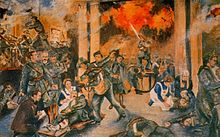


The Easter Rising, also known as the Easter Rebellion, was an armed insurrection in Ireland during Easter Week in April 1916. The Rising was launched by Irish republicans against British rule in Ireland with the aim of establishing an independent Irish Republic while the United Kingdom was fighting the First World War. It was the most significant uprising in Ireland since the rebellion of 1798 and the first armed conflict of the Irish revolutionary period. Sixteen of the Rising's leaders were executed starting in May 1916. The nature of the executions, and subsequent political developments, ultimately contributed to an increase in popular support for Irish independence.

Kilmainham Gaol is a former prison in Kilmainham, Dublin, Ireland. It is now a museum run by the Office of Public Works, an agency of the Government of Ireland. Many Irish revolutionaries, including the leaders of the 1916 Easter Rising, were imprisoned and executed in the prison by the orders of the UK Government.

Joseph Mary Plunkett was an Irish republican, poet and journalist. As a leader of the 1916 Easter Rising, he was one of the seven signatories to the Proclamation of the Irish Republic. Plunkett married Grace Gifford in 1916, seven hours before his execution.

Thomas James Clarke was an Irish republican and a leader of the Irish Republican Brotherhood. Clarke was arguably the person most responsible for the 1916 Easter Rising. A proponent of armed struggle against British rule in Ireland for most of his life, Clarke spent 15 years in English prisons prior to his role in the Easter Rising, and was executed by firing squad after it was defeated.
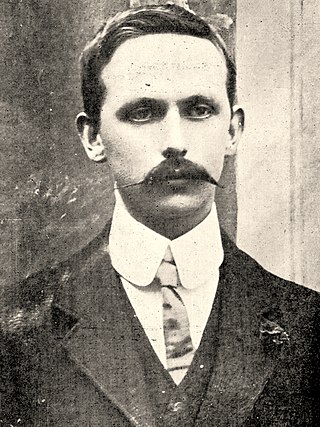
Éamonn Ceannt, born Edward Thomas Kent, was an Irish republican, mostly known for his role in the Easter Rising of 1916.
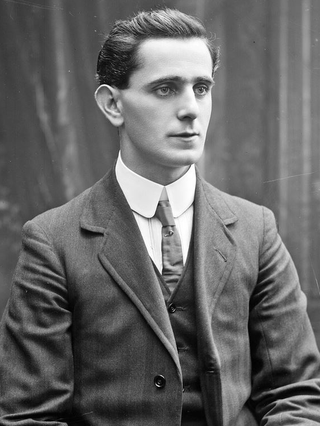
Seán Mac Diarmada, also known as Seán MacDermott, was an Irish republican political activist and revolutionary leader. He was one of the seven leaders of the Easter Rising of 1916, which he helped to organise as a member of the Military Committee of the Irish Republican Brotherhood (IRB) and was the second signatory of the Proclamation of the Irish Republic. He was executed for his part in the Rising at age 33.

Michael Thomas Christopher Mallin was an Irish republican, Socialist and devout Catholic who took an active role in the Easter Rising of 1916. He was a silk weaver, the co-founder with Francis Sheehy-Skeffington of the Socialist Party of Ireland, and was second-in-command of the Irish Citizen Army under James Connolly in the Easter Rising, in which he commanded the garrison at St. Stephen's Green in Dublin.

Seán Heuston was an Irish republican rebel and member of Fianna Éireann who took part in the Easter Rising of 1916. With about 20 Volunteers, he held the Mendicity Institution on the River Liffey for over two days, though it was originally only intended to be held for 3–4 hours. He was executed by firing squad on 8 May in Kilmainham Gaol. His court-martial record at Kew spells his name as Hewston J.J..
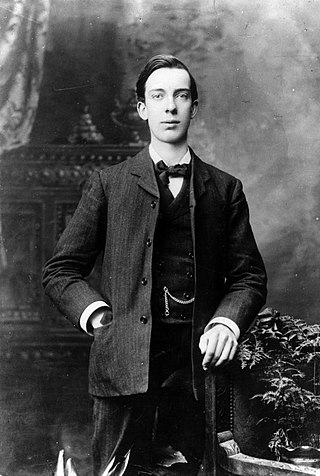
William James Pearse was an Irish republican executed for his part in the Easter Rising. He was a younger brother of Patrick Pearse, a leader of the rising.

Cornelius Bernard Colbert was an Irish rebel and pioneer of Fianna Éireann. For his part in the Easter Rising of 1916, he was shot by firing squad in Kilmainham Gaol, Dublin, on 8 May 1916.
Events from the year 1891 in Ireland.
Cumann na mBan, abbreviated C na mB, is an Irish republican women's paramilitary organisation formed in Dublin on 2 April 1914, merging with and dissolving Inghinidhe na hÉireann, and in 1916, it became an auxiliary of the Irish Volunteers. Although it was otherwise an independent organisation, its executive was subordinate to that of the Irish Volunteers, and later, the Irish Republican Army.

Joseph O'Doherty was an Irish teacher, barrister, revolutionary, politician, county manager, member of the First Dáil and of the Irish Free State Seanad.

Protestant Irish Nationalists are adherents of Protestantism in Ireland who also support Irish nationalism. Protestants have played a large role in the development of Irish nationalism since the eighteenth century, despite most Irish nationalists historically being from the Irish Catholic majority, as well as most Irish Protestants usually tending toward unionism in Ireland. Protestant nationalists have consistently been influential supporters and leaders of various movements for the political independence of Ireland from Great Britain. Historically, these movements ranged from supporting the legislative independence of the Parliament of the Kingdom of Ireland, to a form of home rule within the United Kingdom of Great Britain and Ireland, to complete independence in an Irish Republic and a United Ireland.
Events from the year 1882 in Ireland.
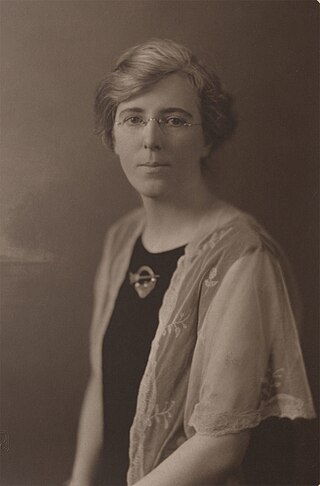
Kathleen Clarke was a founder member of Cumann na mBan, a women's paramilitary organisation formed in Ireland in 1914, and one of very few privy to the plans of the Easter Rising in 1916. She was the wife of Tom Clarke and sister of Ned Daly, both of whom were executed for their part in the Rising. She was subsequently a Teachta Dála (TD) and Senator with both Sinn Féin and Fianna Fáil, and the first female Lord Mayor of Dublin (1939–1941).
Events from the year 1878 in Ireland.

Arbour Hill Prison is a prison located in the Arbour Hill area near Heuston Station in the centre of Dublin, Ireland. The prison is the national centre for male sex offenders.

Patrick Henry Pearse was an Irish teacher, barrister, poet, writer, nationalist, republican political activist and revolutionary who was one of the leaders of the Easter Rising in 1916. Following his execution along with fifteen others, Pearse came to be seen by many as the embodiment of the rebellion.
Desmond Ryan (1893–1964) was an Irish writer, historian, and in his earlier life a revolutionary in Sinn Féin.